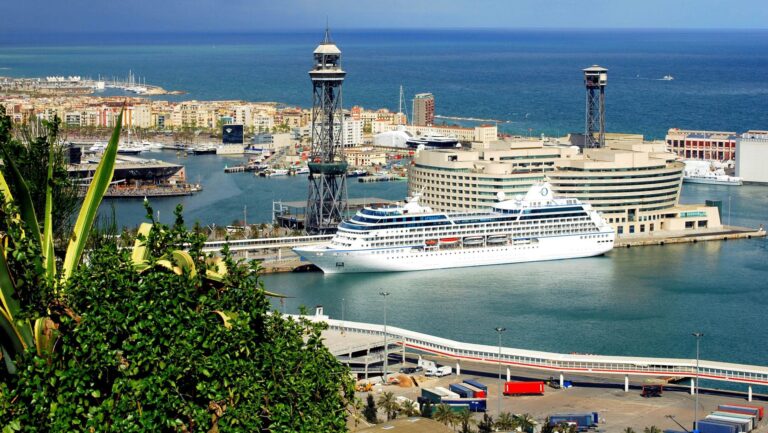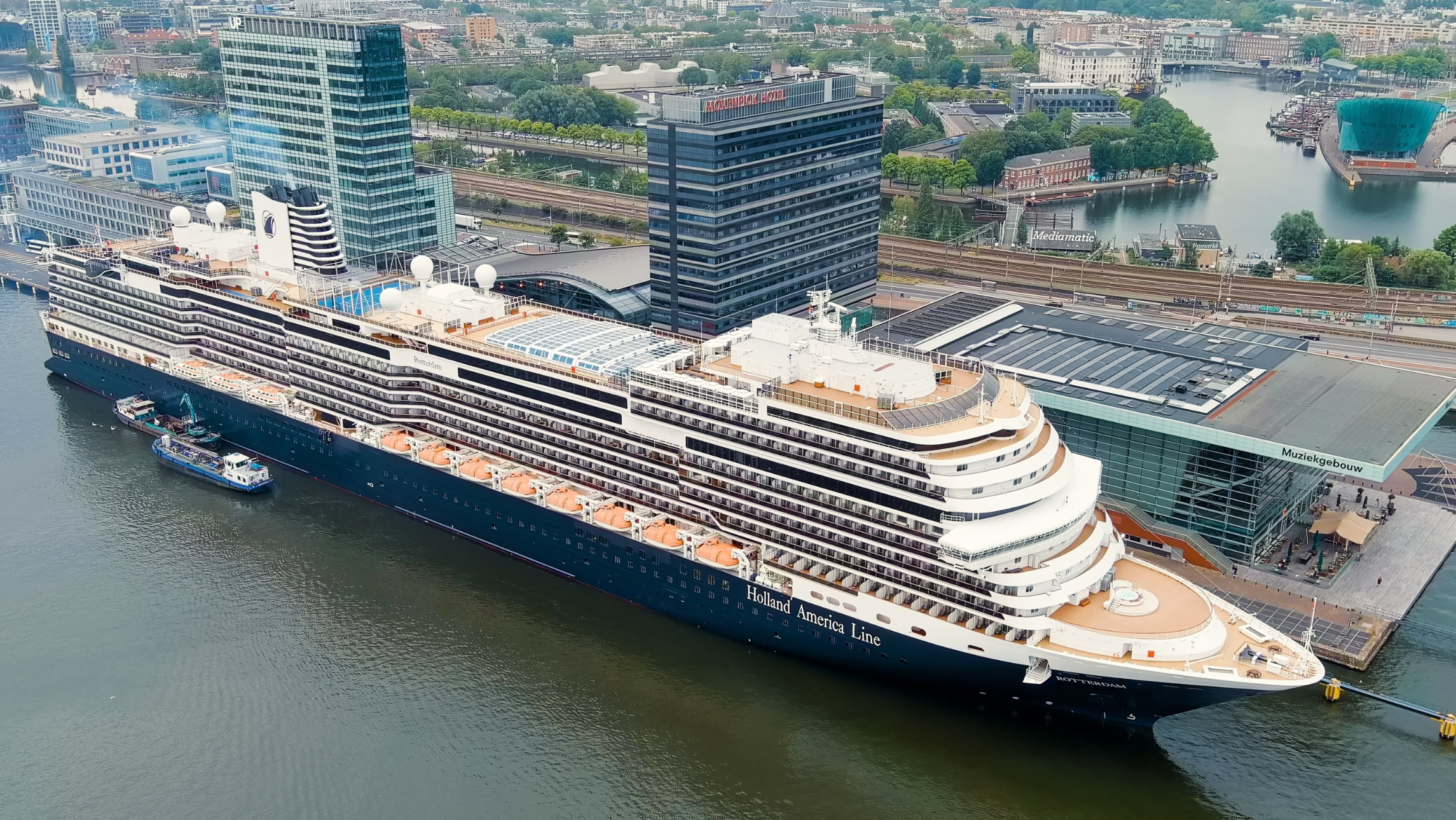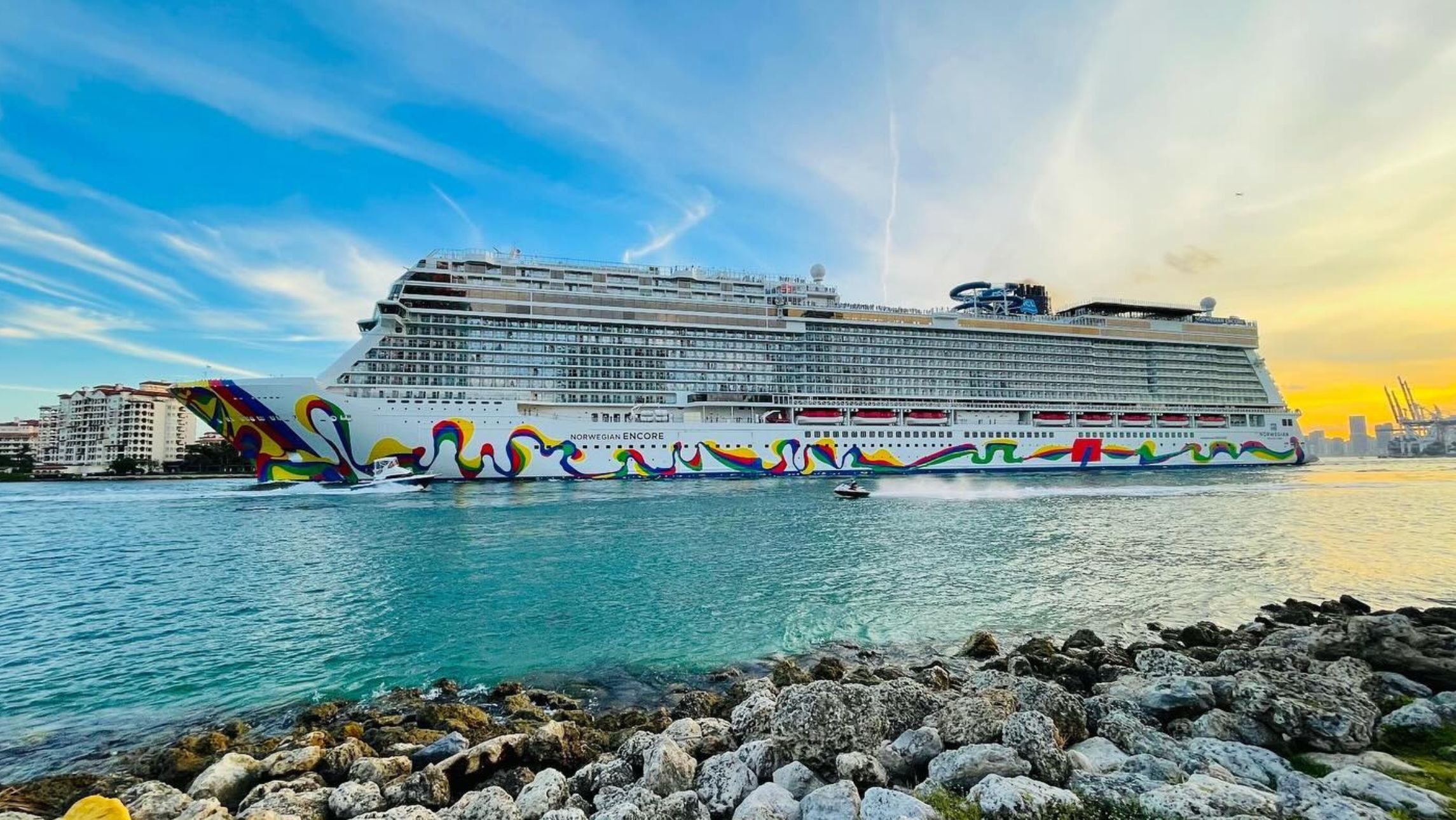A Spanish port is looking set to tighten rules on cruise capacity, limiting the number of passengers per day, or even lowering the number of terminals.
Barcelona’s mayor Jaume Collboni spoke in a press conference about a plan to limit “one-day tourists”, namely cruise passengers that are just in the city for a few hours.
There have been years of build-up towards stricter cruise regulations in Barcelona, including much discourse from politicians and citizen protests. At one stage, councillors described tourists as “a plague of locusts”.
Collboni said: “Tourism employs many people, but we want the quality of visitors to be the prevalent characteristic rather than the quantity of visitors. We can’t look the other way.”
“The increase in number of cruise passengers is around 8% annually. I want to say, we are reaching a limit, and we need to put a cap on the figure.”
What the Spanish port has done in the past
Barcelona has previously made moves towards reducing the impact of cruise tourists on the city, making an agreement in 2018 to move the cruise terminals away from the city centre.
The Spanish port banned cruise ships from one of the two cruise terminals in the city centre. This move comes in a bid to reduce overcrowding and over-tourism, as well as pollution.
The closure is estimated to impact about 340 cruise ship and ferry calls.
However, more changes are set to come into effect. The South Terminal set to be closed by the end of 2026.
Currently there is space for 10 cruise ships to dock in Barcelona at once. Now there is only room for seven.
The ships will be redirected from the North Terminal at the World Trade Center to Adossat Wharf. At a 30-minute journey by road, it is the furthest cruise pier from Barcelona’s city centre.
Cruise ships were originally allowed to call at the main terminal of the Port of Barcelona, which was just a 10-minute walk into the city centre.
The city received 3.6 million cruise passengers in 2023, a significant growth from the 2.6 million visitors in 2018 that led to previous regulations. Barcelona receives more cruise passengers than any port in Europe, and the fourth most in the world.
Collboni also made direct reference to Venice and Amsterdam, two popular European ports that have taken significant steps towards limiting traffic.
Several other ports worldwide have been making similar moves, from Juneau in Alaska to Isafjordur in Iceland and Bar Harbor in Maine, many ports have been setting caps or putting policies into motion to reduce the number of cruise visitors to their town.
The Cruise Line International Association, said in a statement: “The Spanish port of Barcelona and the City Council signed an agreement on cruise activities in 2018, which remains in force today.
“Changing the existing framework would therefore create a climate of uncertainty and would not bring any benefits to the city. Implementation of the agreement continues, with cruise lines and the port authority undertaking important investments for the benefit of the city.”
Barcelona has also previously implemented a tax on cruise ship passengers. The Spanish port city was one of the first to propose the emissions tax to target the cruise industry.
While Venice has banned cruise ships from its historic centre in a well-publicised move, other cities around Europe such as Marseille, and other cities around the world like Monterey Bay, California and Juneau, Alaska are also considering, or in the process of, implementing restrictions on cruise ships.








